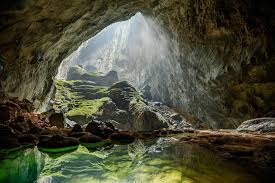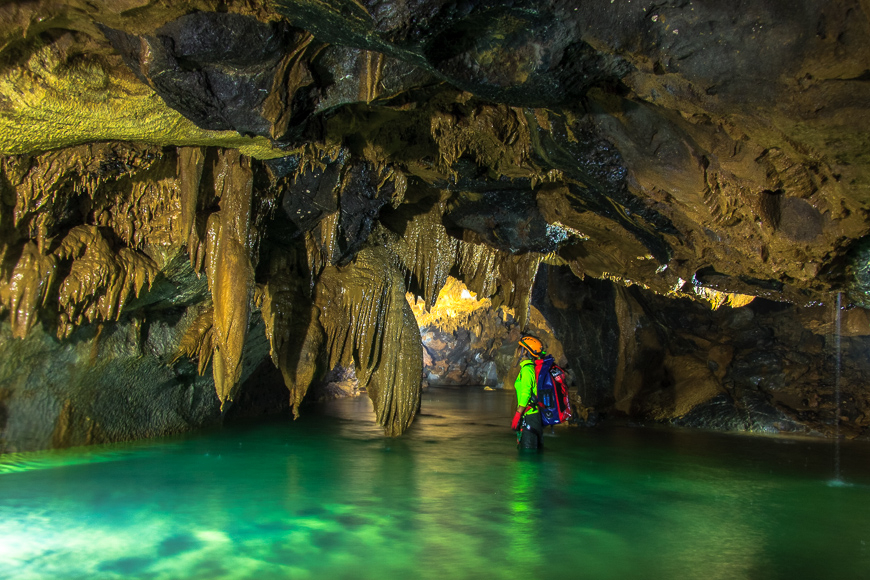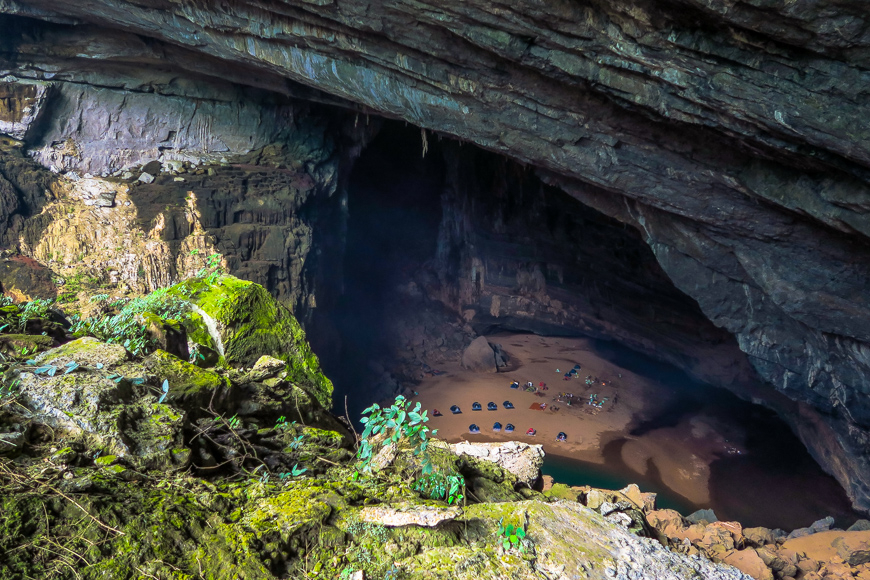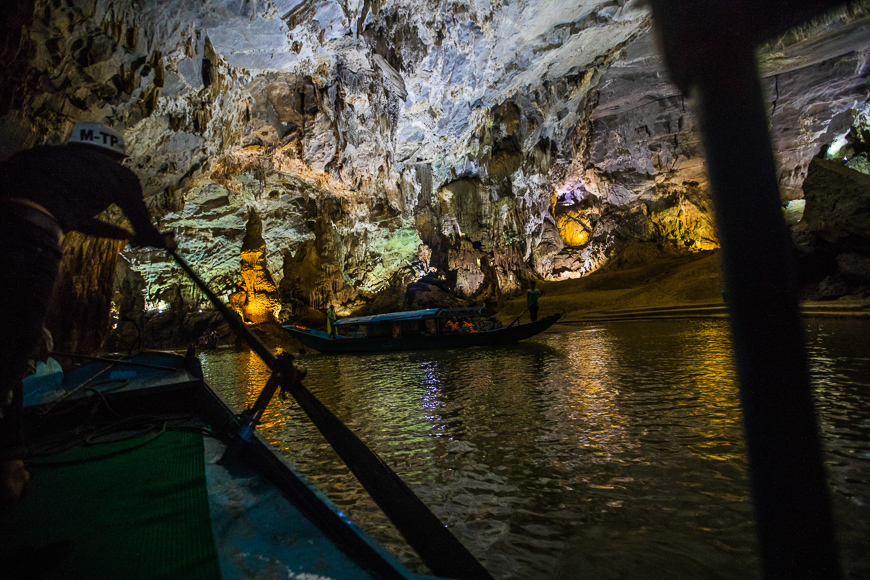Son Doong Cave
Vietnamese scientists have discovered a new snail species in Son Doong Cave within the Phong Nha – Ke Bang National Park in the central province of Quang Binh, and named it “Oc non Son Doong” (Son Doong cone snail), Vietnam News Agency (VNA) reported.
This land snail species, scientifically called Calybium plicatus sp. nov., belongs to the Calybium genus, the Helicinidae family, the Cycloneritida order, and the Gastropoda class, within the Animalia kingdom.
It was found during a state-level project to research biodiversity in the Son Doong Cave system for conservation and sustainable development, implemented by the Vietnam Museum of Nature under the Vietnam Academy of Science and Technology.
Deputy General Director of the museum and the project leader, Associate Professor Dr Vu Van Lien, said that Calybium plicatus sp. nov. has a shell resembling that of Calybium massiei Morlet, 1892, but it is smaller in size and has six evenly spaced top plates on the apex. This discovery marks the first recorded species of land gastropods in Vietnam.
The research results on the new species have been published in the Ruthenica Journal, Volume 35, Issue 1 (2025), enhancing the scientific value and international attention on the unique ecosystem of the Phong Nha – Ke Bang National Park, said Dr Lien.
Pham Hong Thai, Director of the park’s Management Board, praised the research, noting that it provides crucial scientific contributions that will help the park manage and protect Son Doong Cave and the surrounding caves sustainably.
The project has also created a comprehensive biodiversity database for the Son Doong cave system and surrounding areas, reinforcing the park’s global significance not only in geological and scenic terms but also in biodiversity and unique aesthetic values, he added.
Son Doong Cave, located in the Phong Nha – Ke Bang forest in Quang Binh, was first discovered by a local resident in 1990. In 2009, it was explored and confirmed by the British Cave Research Association as the largest cave in the world. Since its discovery, Son Doong has captivated the world with its enormous size and unique cave formations that are unmatched anywhere. (Want to know more? Wait a bit. Read after this this story.
The Phong Nha – Ke Bang National Park currently records 2,954 species of higher plants, belonging to 1,007 genera, 198 families, 63 orders, 12 classes, and six phyla, including 111 species in Vietnam’s Red Data Book of Threatened Species, and 121 in the International Union for Conservation of Nature (IUCN) Red List.
It also records 1,399 animal species from 835 genera, 289 families, 66 orders, 12 classes, and four phyla, including 82 species in Vietnam’s Red Data Book and 116 in the IUCN Red List.
HANOI: Bernama-VNA
Phong: NhaAdventurers’ Paradise
Phong Nha is an adventurer’s paradise. Millions of years of flooding have chiseled out the world’s largest caves, meandering rivers entwine ancient karsts, and jungle-clad mountains lend an otherworldly atmosphere.
Colossal caves may be the main draw, but linger a little longer and Phong Nha-Ke Bang National Park will reveal hiking trails, countryside lanes, and rivers perfect for kayaking. Although this is Vietnam’s top adventure destination, Phong Nha is still in the early stages of development. Now is the time to come. The caves are pristine, the locals are friendly, and you’ll feel like you have the wilderness all to yourself.
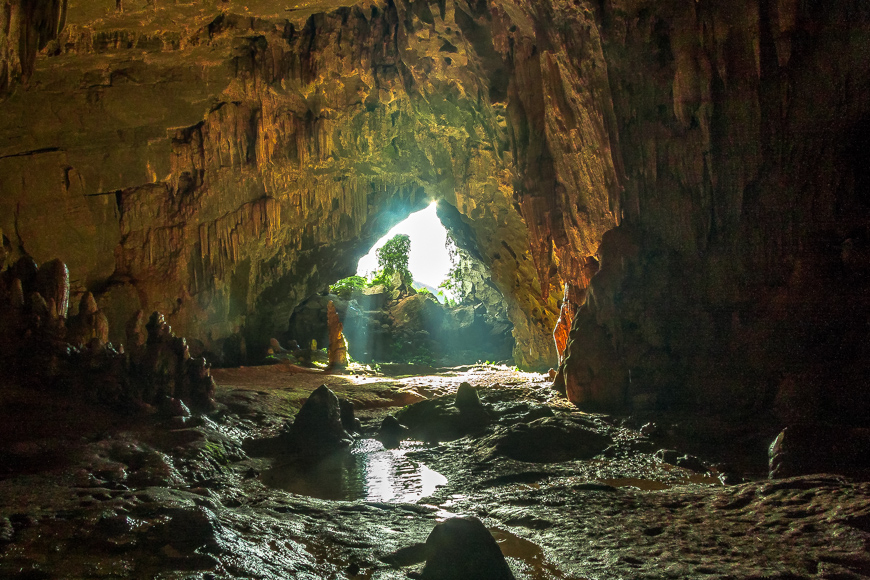
Photos: Vietnam Travel

